The Himsl Zeppelin Roadliner stands as a timeless icon of 1930s innovation and elegance. In an era defined by bold creativity and the rise of Art Deco design, this stunning vehicle blended futuristic engineering with breathtaking aesthetics. A true testament to the ingenuity of its creators, the Zeppelin Roadliner captured the spirit of its time and remains a rare gem in automotive history.
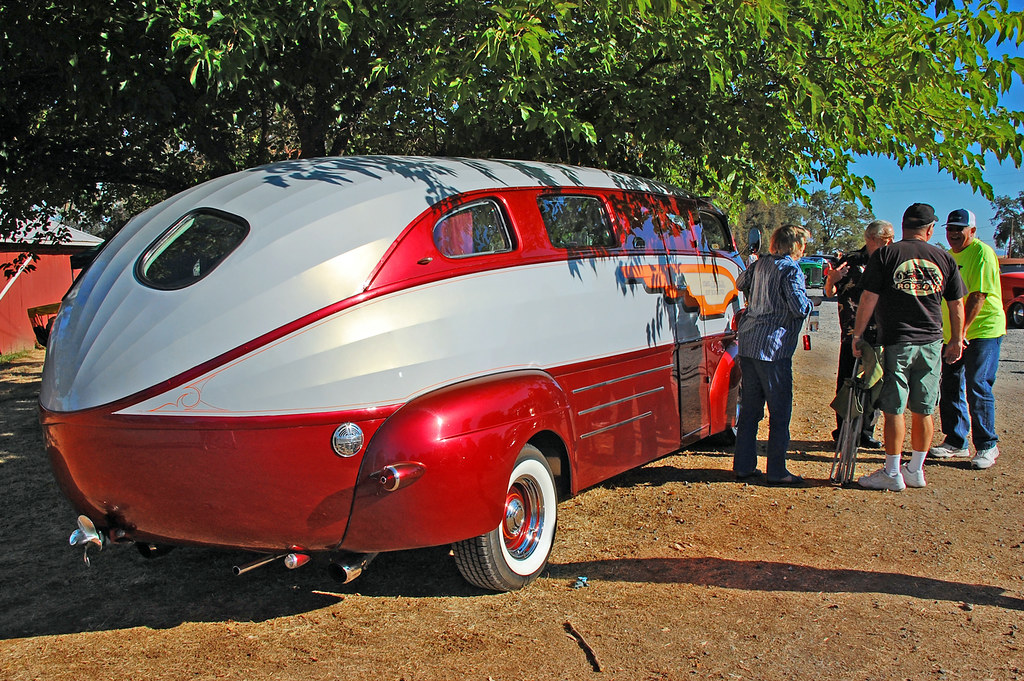
The Vision Behind the Himsl Zeppelin Roadliner
Every masterpiece begins with a vision, and the Zeppelin Roadliner was no exception. It was conceived by the imaginative brothers Ed and Don Himsl, who sought to break free from conventional automotive design. Drawing inspiration from the majestic airships of the time—like the Graf Zeppelin—the Himsls aimed to recreate the streamlined elegance of these flying behemoths in the form of a car.
Their goal wasn’t just to build a vehicle but to create a rolling work of art that embodied the optimism and ambition of the 1930s. The result? A car that looked like it had rolled out of the pages of a science fiction novel, capturing the imagination of everyone who saw it.
A Design Ahead of Its Time
The most striking aspect of the Himsl Zeppelin Roadliner was its aerodynamic design, a rarity in the 1930s. Modeled after the sleek contours of a zeppelin, the car featured:
- Curved lines and a pointed nose: These design elements gave it a futuristic appearance while reducing air resistance.
- A teardrop-shaped body: This innovative shape enhanced aerodynamics, a concept that was just beginning to gain traction in the automotive world.
- Low profile and streamlined silhouette: The Roadliner’s bold aesthetic turned heads, making it stand out from the boxy cars of its time.
The exterior wasn’t just about beauty; it was also functional. The car’s shape minimized drag, improving both speed and fuel efficiency—an engineering marvel for its era.
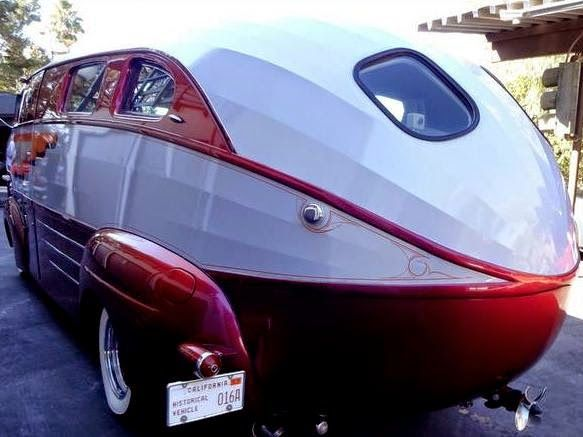
Luxurious Interior Craftsmanship
Step inside the Himsl Zeppelin Roadliner, and you’d be transported into a world of sophistication and opulence. The interior was a testament to meticulous craftsmanship, featuring:
- Premium materials: Polished wood accents and high-quality leather upholstery created an atmosphere of luxury.
- Art Deco design elements: Chrome details and elegant instrumentation adorned the dashboard, showcasing the cutting-edge style of the 1930s.
- A spacious cabin: Unlike many cars of the time, the Roadliner emphasized comfort, with ample room for passengers to relax and enjoy the ride.
Every detail was carefully considered, making the Roadliner as much a work of art on the inside as it was on the outside.
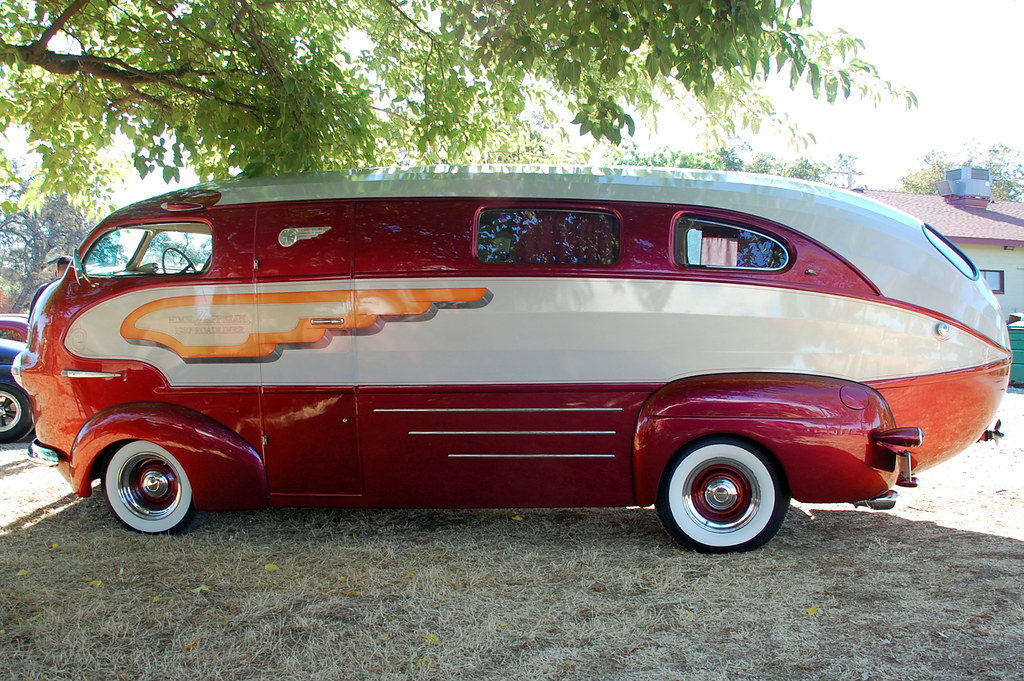
Engineering and Performance Excellence
The Himsl Zeppelin Roadliner wasn’t just a pretty face—it packed serious engineering innovations for its time. The vehicle was powered by a robust engine capable of impressive speeds, especially considering the technology of the 1930s. Its streamlined design didn’t just enhance its looks; it also improved its performance. The reduced drag allowed the car to glide smoothly on the road, offering a driving experience that was both fast and efficient.
Although exact specifications of the engine remain elusive due to the car’s rarity, it’s clear that the Zeppelin Roadliner was built with performance in mind. Its engineering innovations helped pave the way for future advancements in automotive aerodynamics and design.
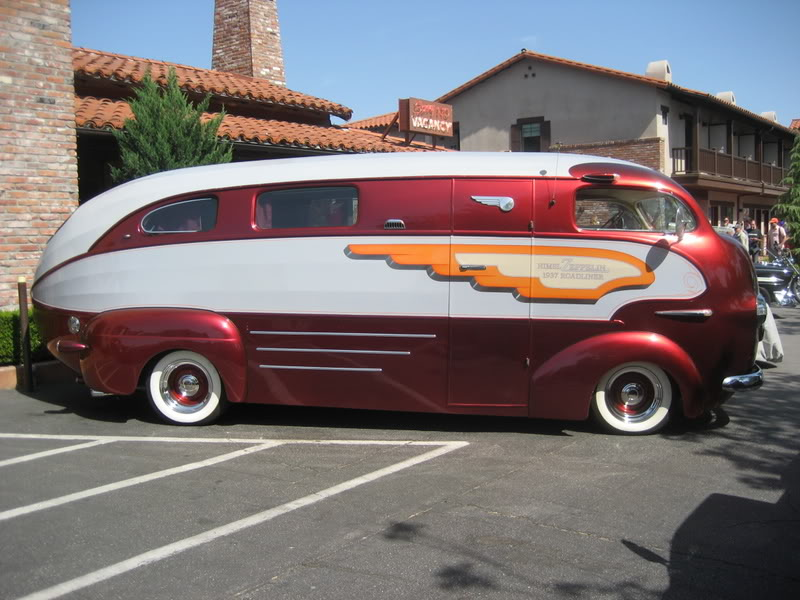
A Rare and Coveted Treasure
The Himsl Zeppelin Roadliner was never intended for mass production. Each car was handcrafted, ensuring a level of detail and uniqueness that mass-produced vehicles simply couldn’t achieve. Only a few were ever built, making the Roadliner an extremely rare collector’s item today.
Because of its rarity, the Himsl Zeppelin Roadliner is highly sought after by classic car enthusiasts and collectors. It has earned a place in prestigious museums and classic car shows worldwide, where it continues to captivate audiences with its beauty and historical significance.
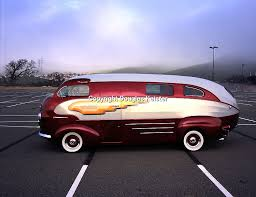
The Lasting Legacy of the Himsl Zeppelin Roadliner
While the Zeppelin Roadliner didn’t achieve commercial success, its influence can still be felt in the automotive world. Its emphasis on aerodynamics and futuristic design paved the way for later innovations, inspiring the development of modern vehicles that prioritize both style and functionality.
The Himsl brothers dared to dream big during an era of economic hardship, and their creation remains a symbol of resilience and creativity. The Roadliner serves as a reminder that innovation often requires taking risks and challenging the status quo.
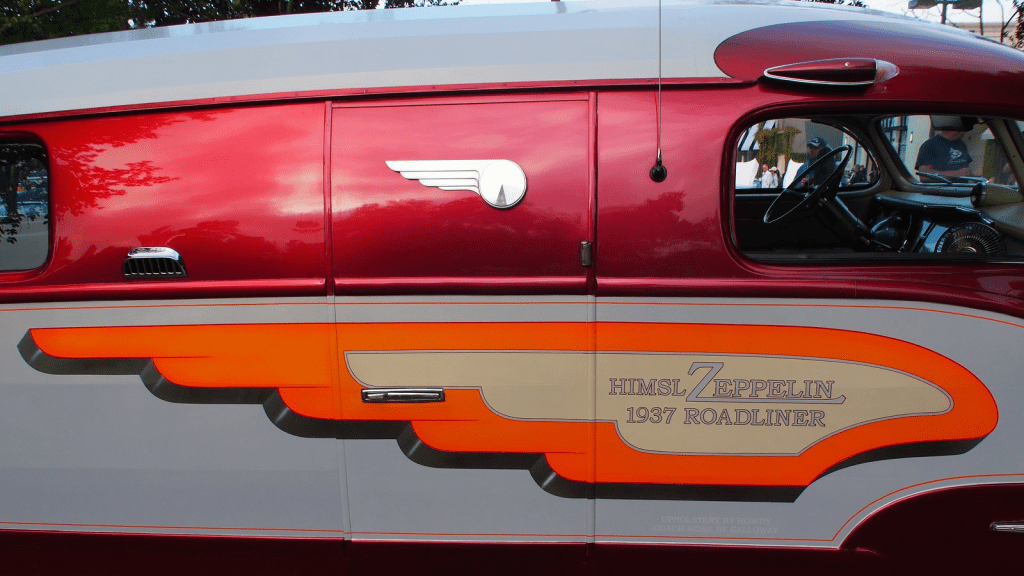
Conclusion
The Himsl Zeppelin Roadliner isn’t just a car—it’s a masterpiece of 1930s automotive art and engineering. Its sleek design, luxurious interior, and pioneering innovations make it a timeless icon that continues to inspire admiration and curiosity. Whether you’re a vintage car enthusiast or simply someone who appreciates the artistry of a bygone era, the Zeppelin Roadliner is a vehicle that sparks the imagination and celebrates the spirit of innovation.
It’s more than just a relic of the past; it’s a testament to the power of creativity and vision, reminding us that the road to greatness is often shaped by those who dare to dream.